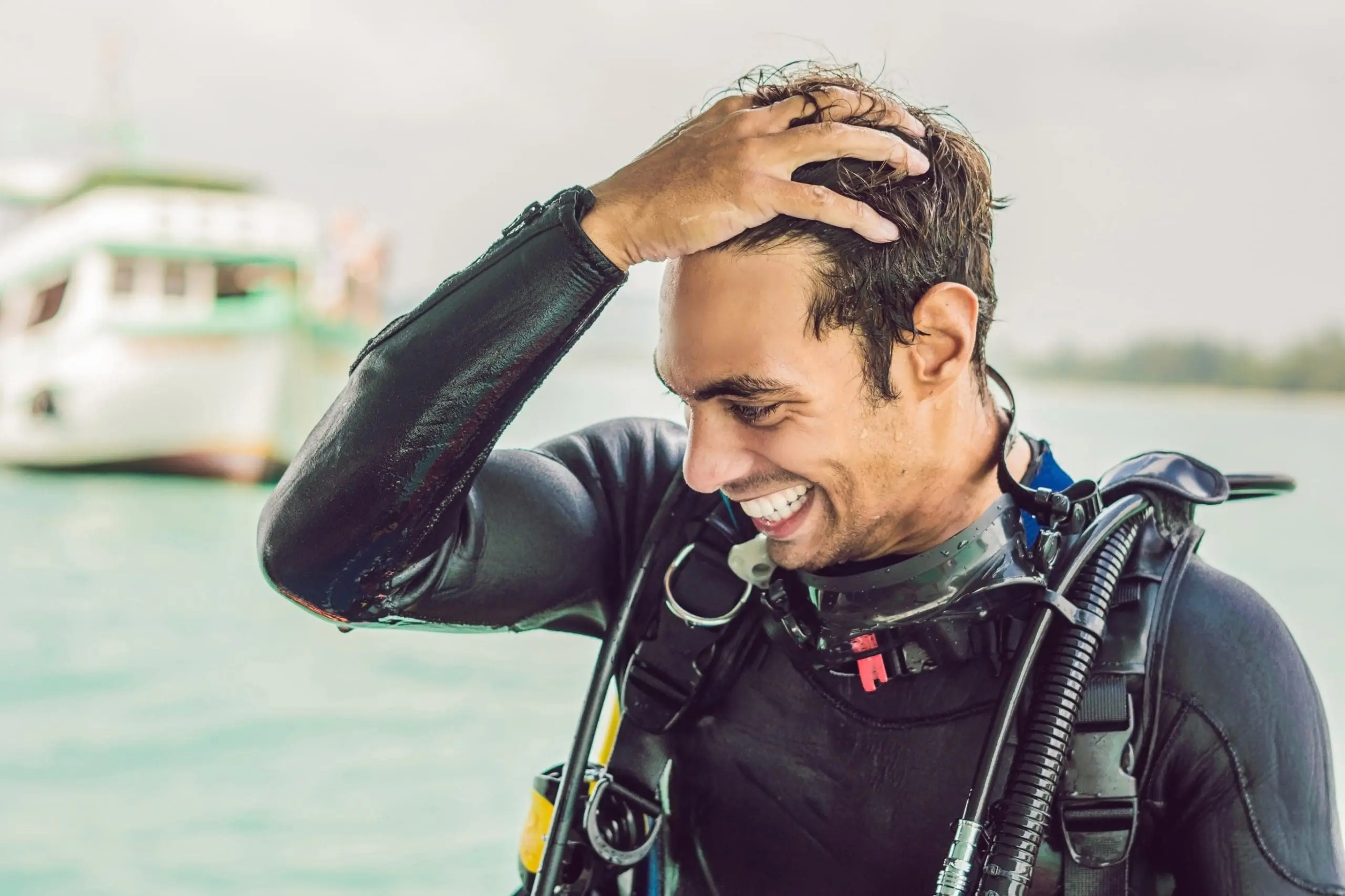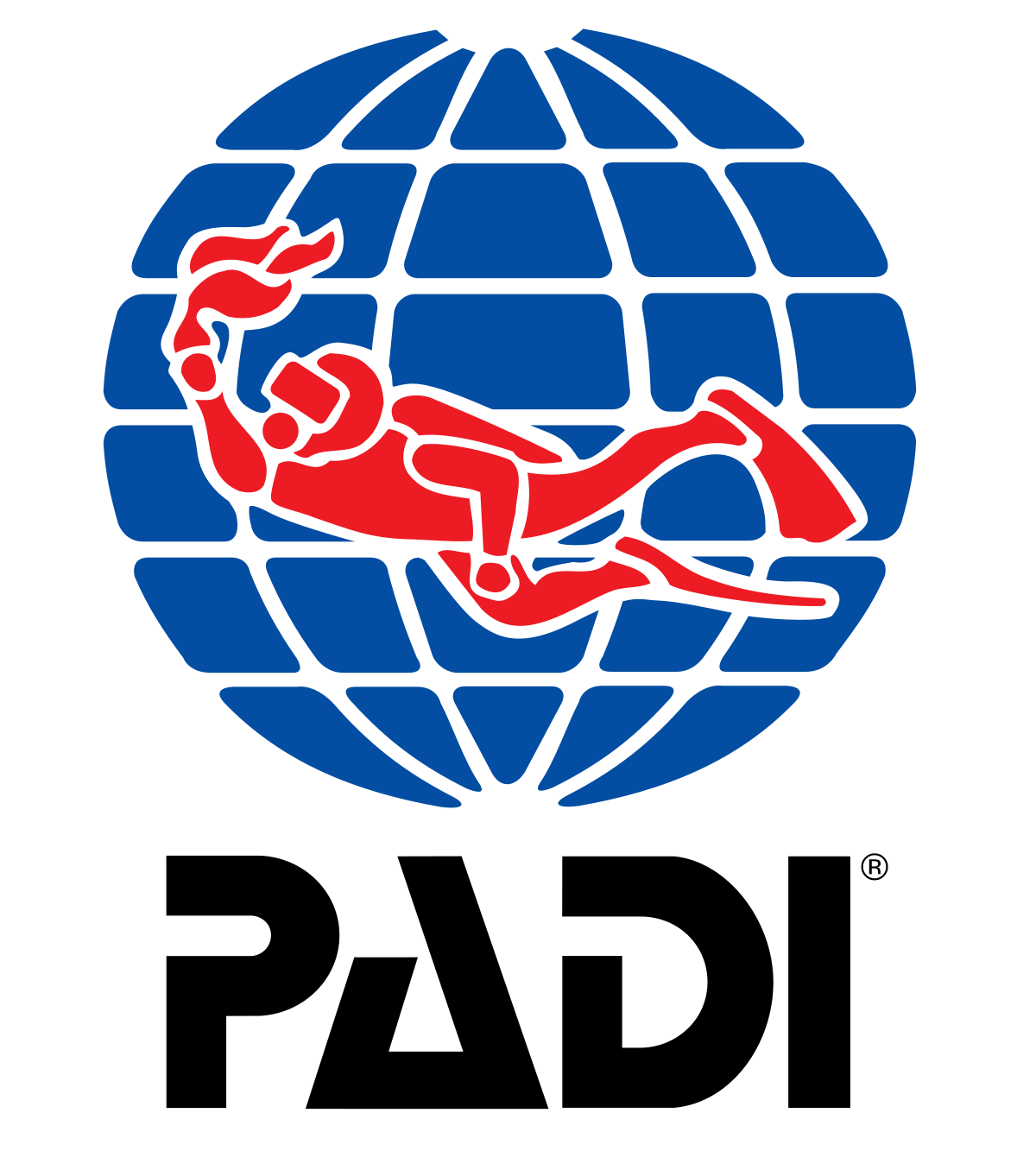What Diving Equipment Should I Own as a PADI Divemaster?
The PADI Divemaster Course is the start to your professional diving career. Professionalism is a key characteristic in this role as outlined by PADI and requires you to look the part as well as act the part. Therefore purchasing your own complete set of dive equipment at a good standard and working order(preferably new) will set you up for success. With this guide, we will go through the equipment specifications for a PADI Divemaster to provide you with what you’ll need. More than likely or not, you will have come across most of these items and may even already have some yourself. Firstly we’ll start with the standard dive equipment set…
Fins, mask and snorkel
Also known as the ABC basic equipment of diving. If there is some dive equipment you may already own, more than likely it’ll be these. They should each be a comfortable fit, working properly and of course stylish.
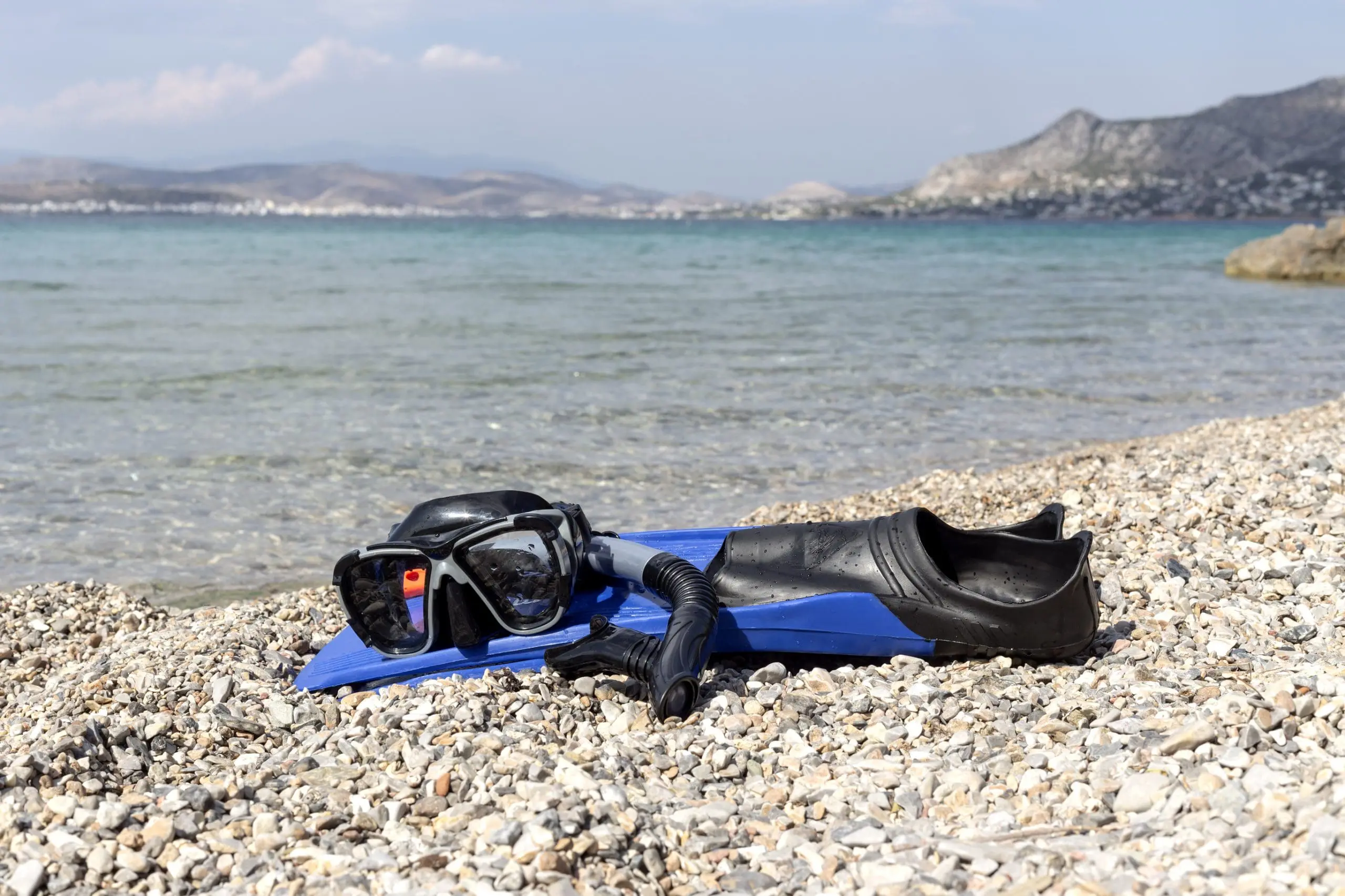
Buoyancy Control Device (BCD) with cylinder mount and low-pressure inflator
The BCD, first thing in the buddy check. The main two types being your standard jacket style and the winged style. BCDs normally come with the inflator hose but this can also be bought separately. Again these need to be the right size, serviced up to date and in good condition and working order. Last but not least it has to be comfortable to wear underwater, so give it a try before you buy.
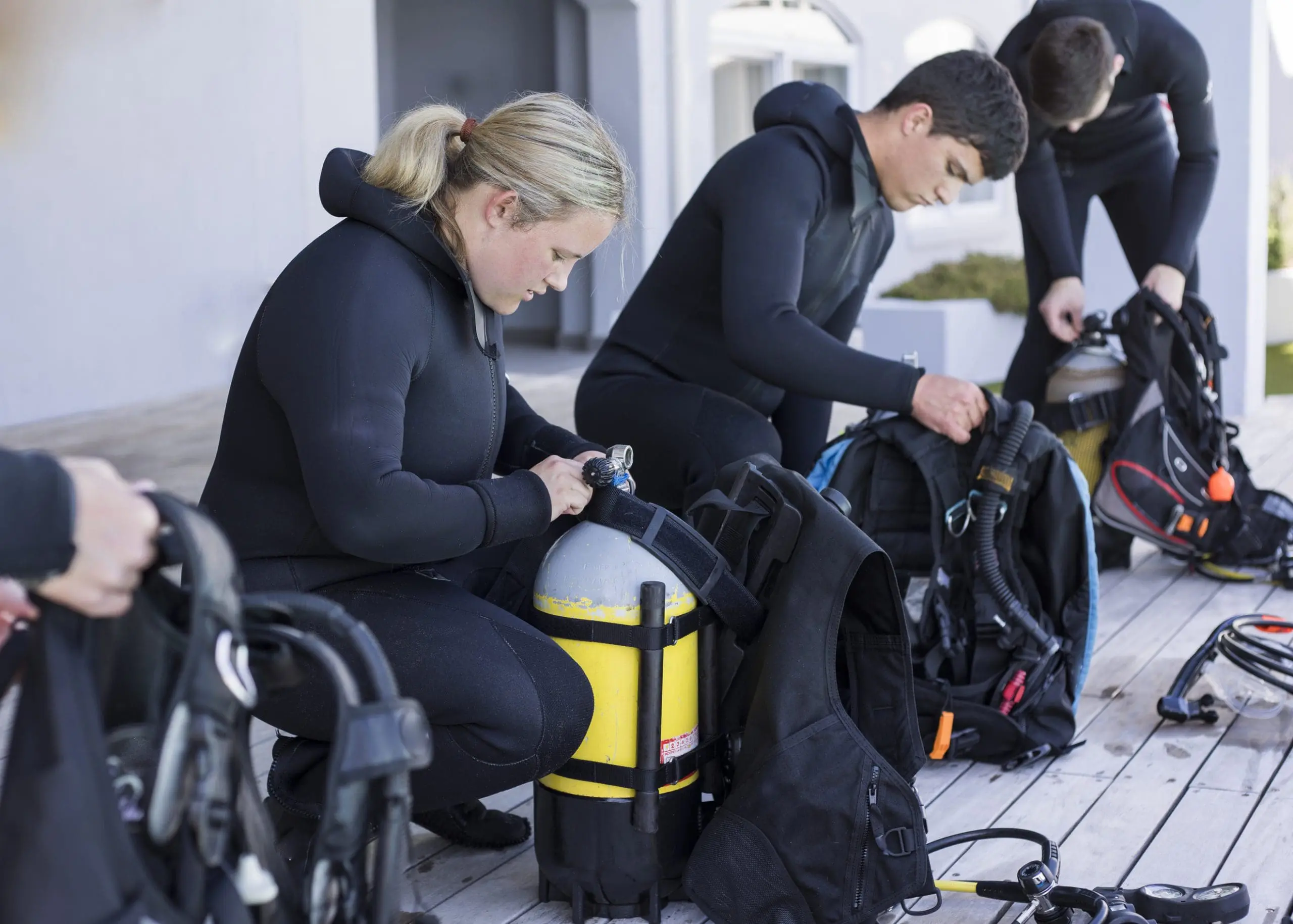
Primary regulator and alternate air source
This includes the first stage which attaches to the tank and reduces the pressure of gas from it. The second stage of the regulator is made up of the primary regulator (commonly black) and the alternate air source (commonly yellow though can also be another bright colour). With this, pay attention to the primary regulator valves as there are two types: din and yoke.
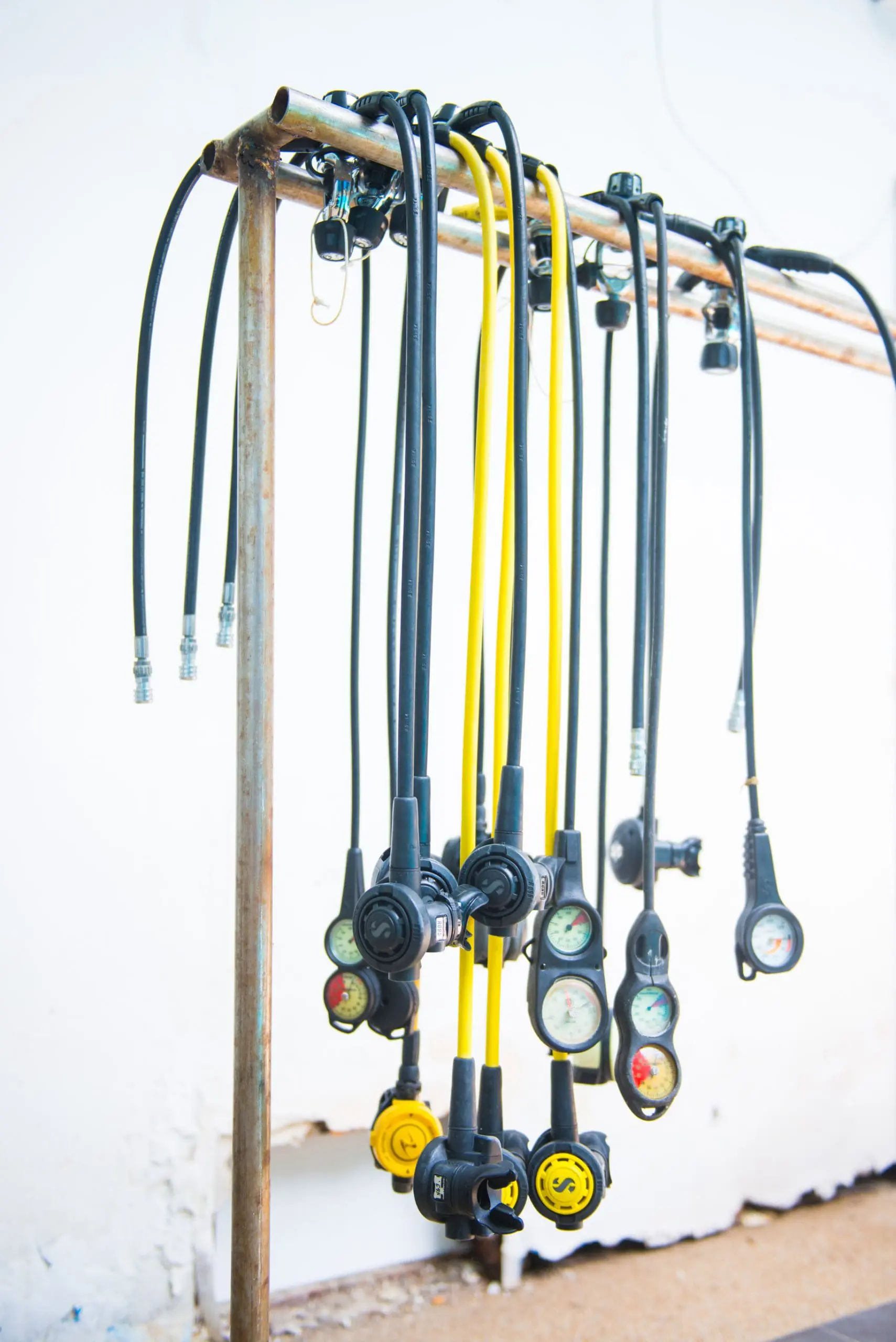
Breathing gas monitoring device (SPG – Submersible Pressure Gauge)
The submersible pressure gauge (SPG) is attached to the first stage of your regulator (to the high pressure port). When choosing the SPG, make sure that it reads in your preferred units of measurement: either imperial (psi) or metric (bar).
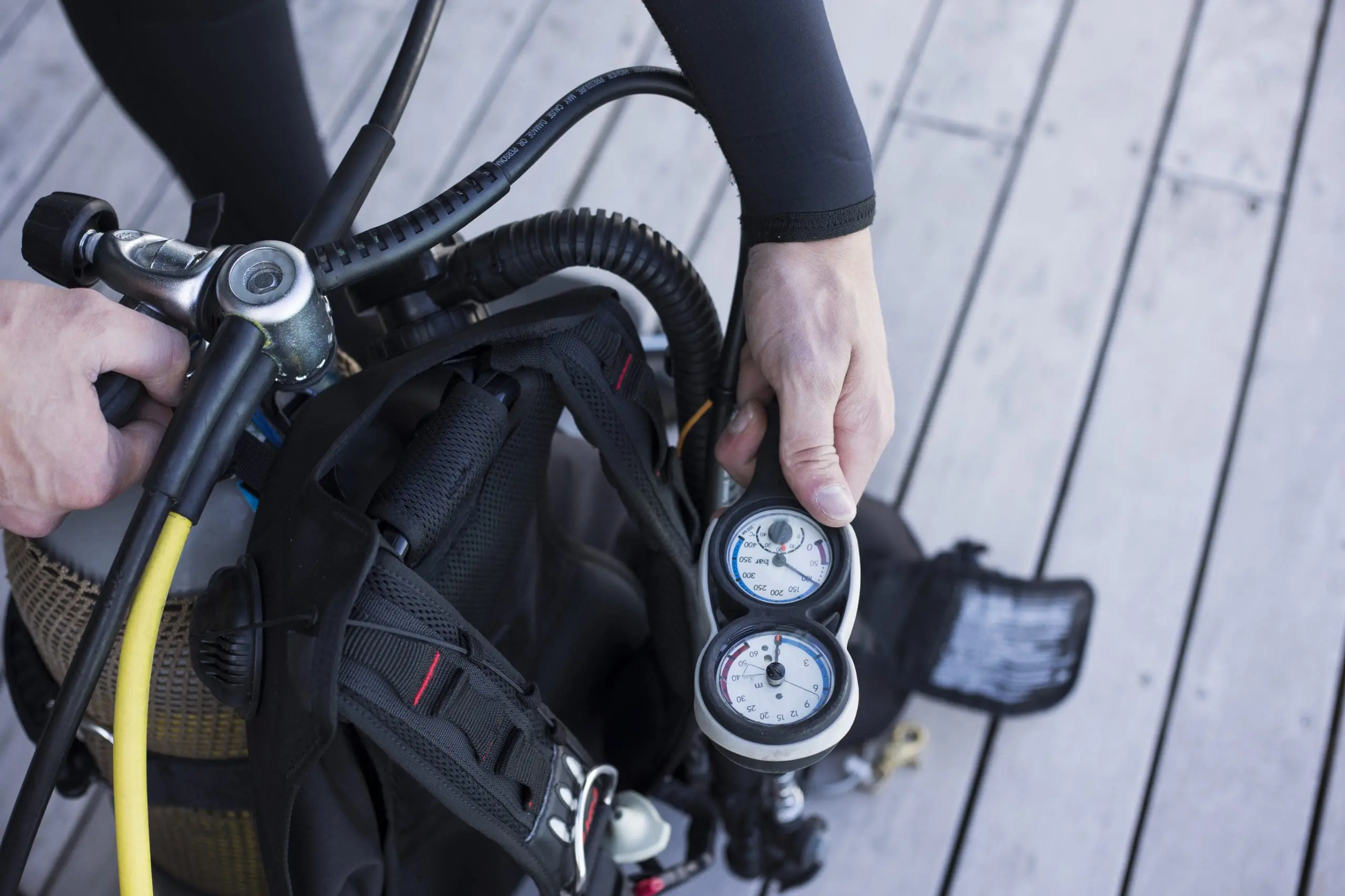
Quick-release weight system and weights
These can either be an integrated weight system in your BCD or consist of a weight belt (to the right size). You don’t need to own weights themselves, traveling with them would be a nightmare. You can obtain weights in a dive shop where you’ll be doing your Divemaster course.
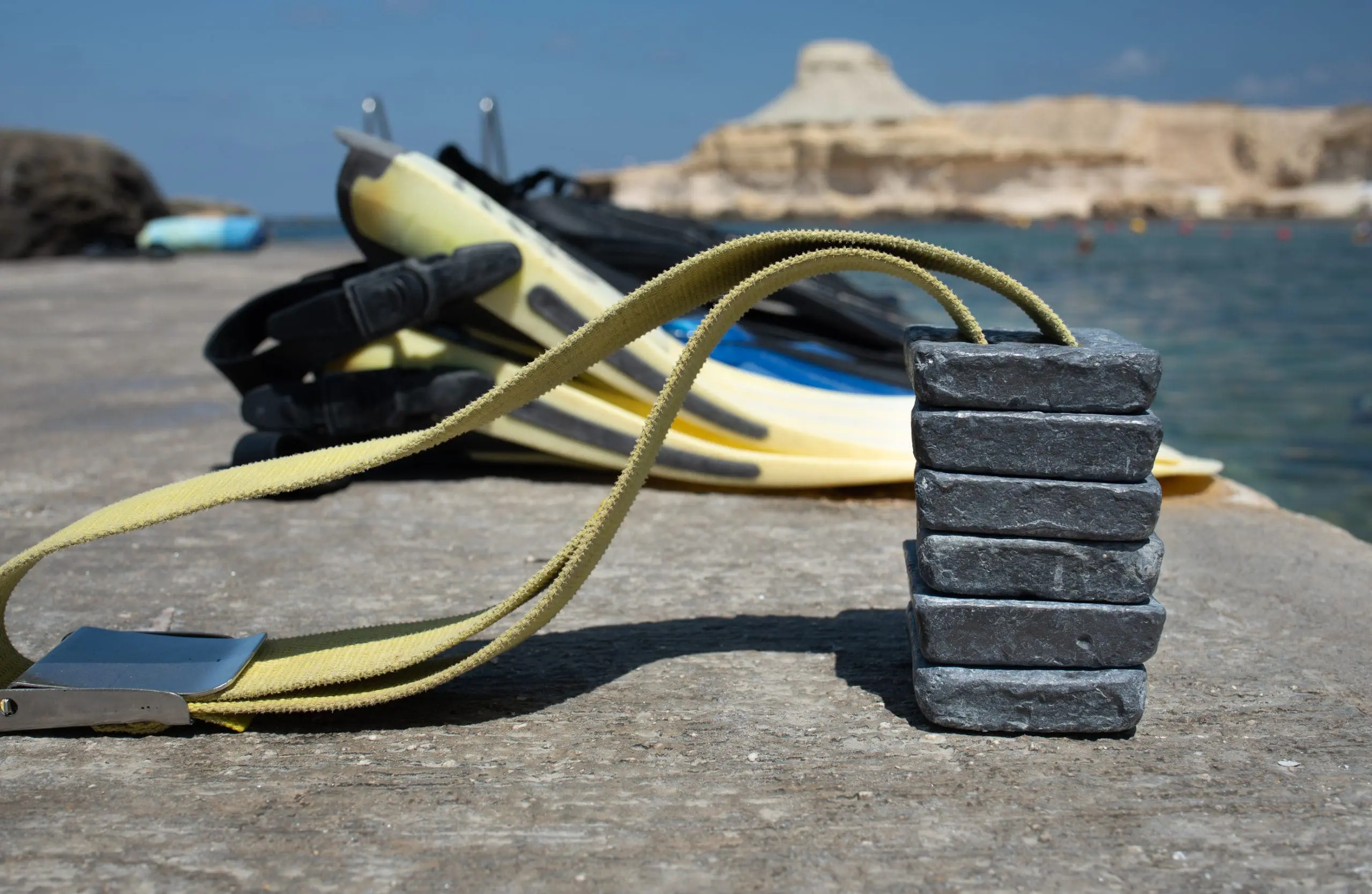
Adequate exposure protection appropriate for local dive conditions (wetsuit)
This ranges from a full wetsuit to a rash guard and board shorts. The choice depends on the water temperature and conditions you are diving in so that you are comfortable and don’t get cold.
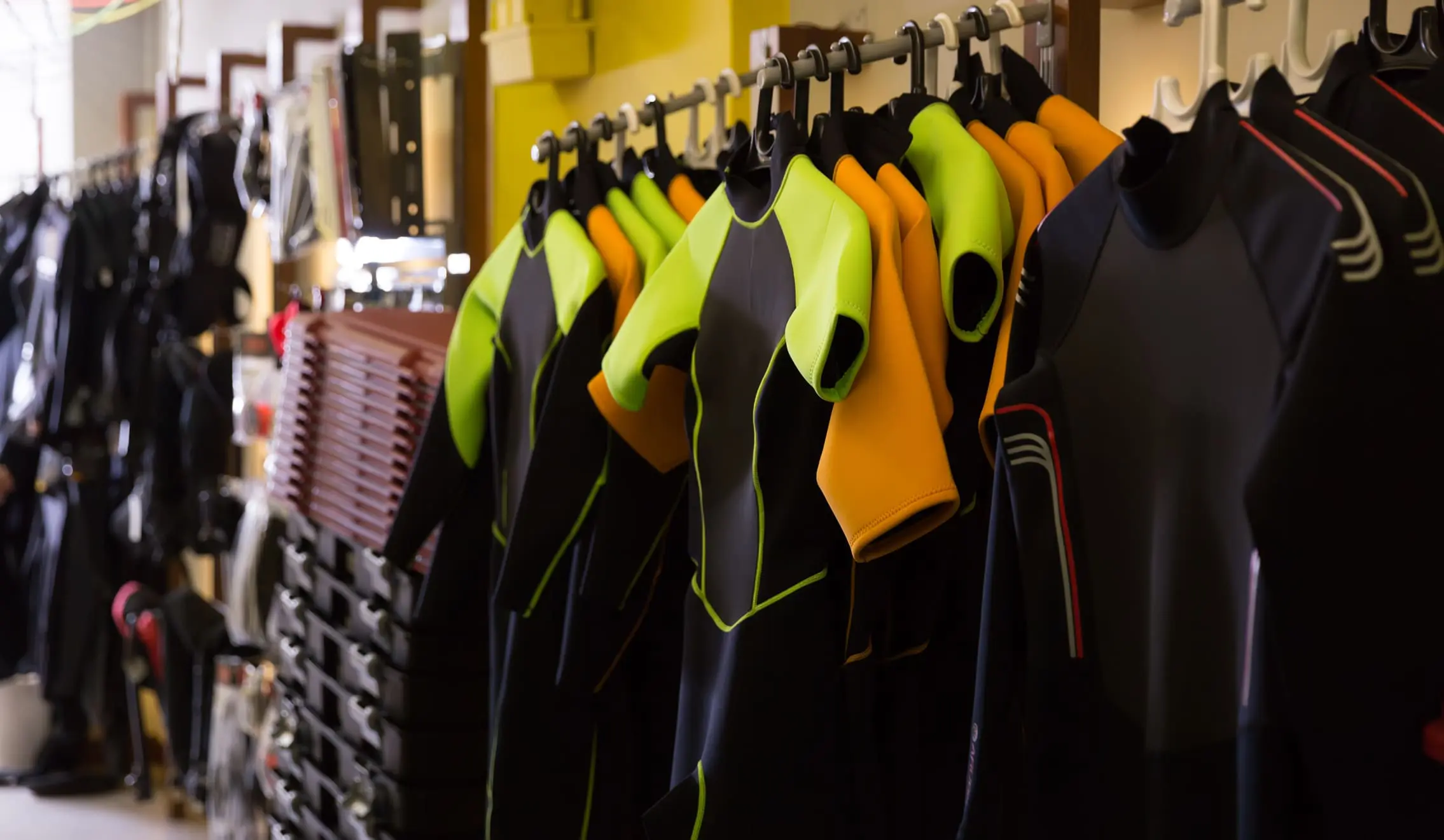
At least one audible emergency surface signalling device (whistle, air horn, etc.)
To attach to your BCD for surface ONLY signalling. Whistles are more commonly used though air horns can also be used. Air horns are attached to your inflator hose and are activated by a separate button to that of your hose.
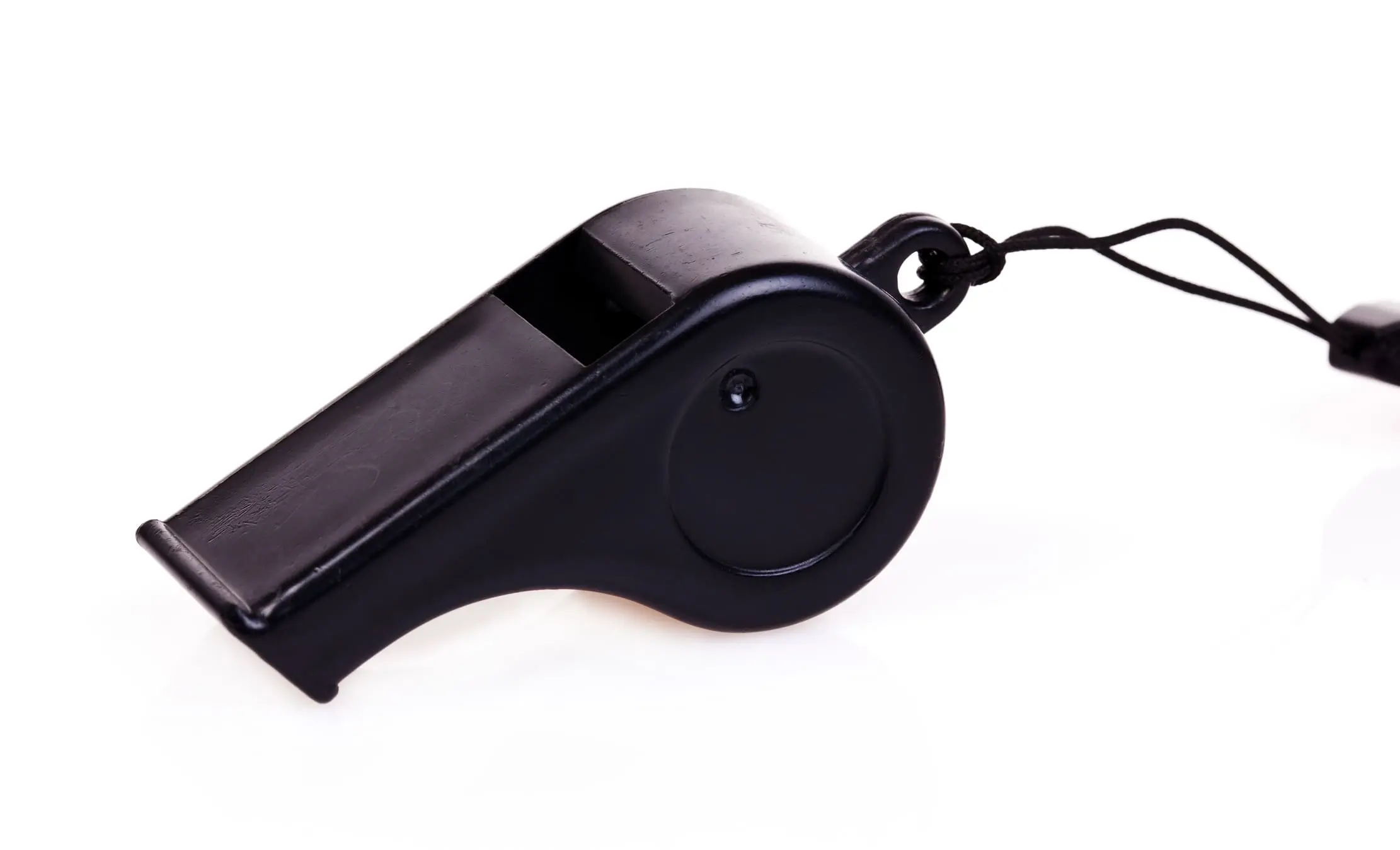
Dive computer (depth monitoring device) or RDP (eRDPml™ or Table)
It’s pretty essential to have a dive computer as it’s the number one piece of equipment that will help you to stay safe and dive within your limits underwater. Dive computers are an excellent piece of equipment to monitor depth, manage no decompression limits (NDL), time the 3 minute safety stop and log dives to then transfer to the PADI app.
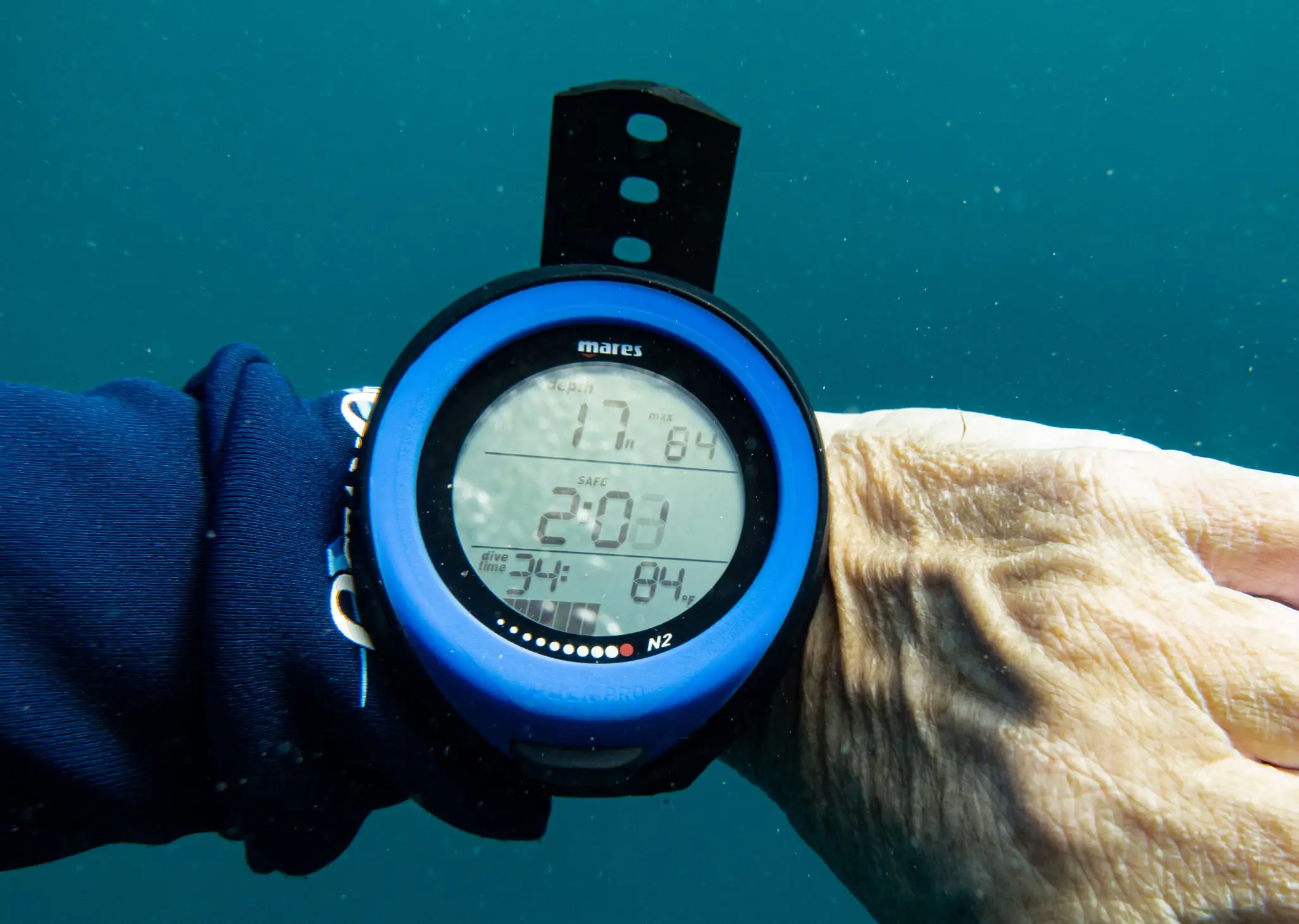
Now we will move on to what is called the ‘Certified Assistant’ equipment set. Basically the additional items you need to own as a Divemaster:
Compass
Your underwater navigation tool. Having a good compass will give you accurate bearing readings to better orient yourself and your buddies. Compasses can be ‘gauge mounted’ meaning they are paired with your SPG console, or they can be worn like a watch on your wrist. Digital compasses are also available on some dive computers.
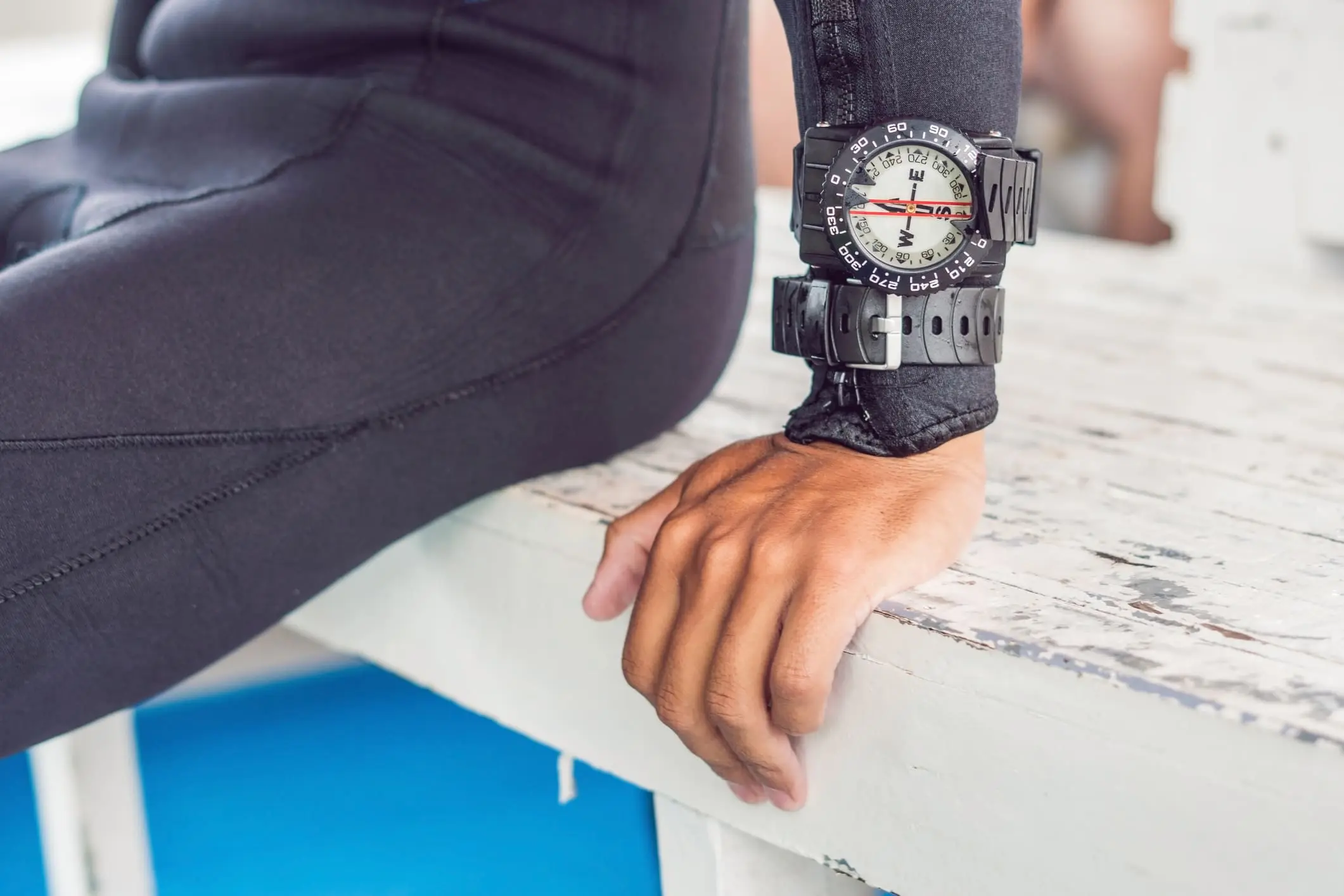
Time-monitoring device (stopwatch)
To enable you to time safe ascent rates for deep adventure dives and altitude adventure dives (a rate that does not exceed 18m/60 feet per min). Normally this will be a feature on your dive watch but if you are diving using RDP/eRDPml™ tables, a separate timing device is crucial.
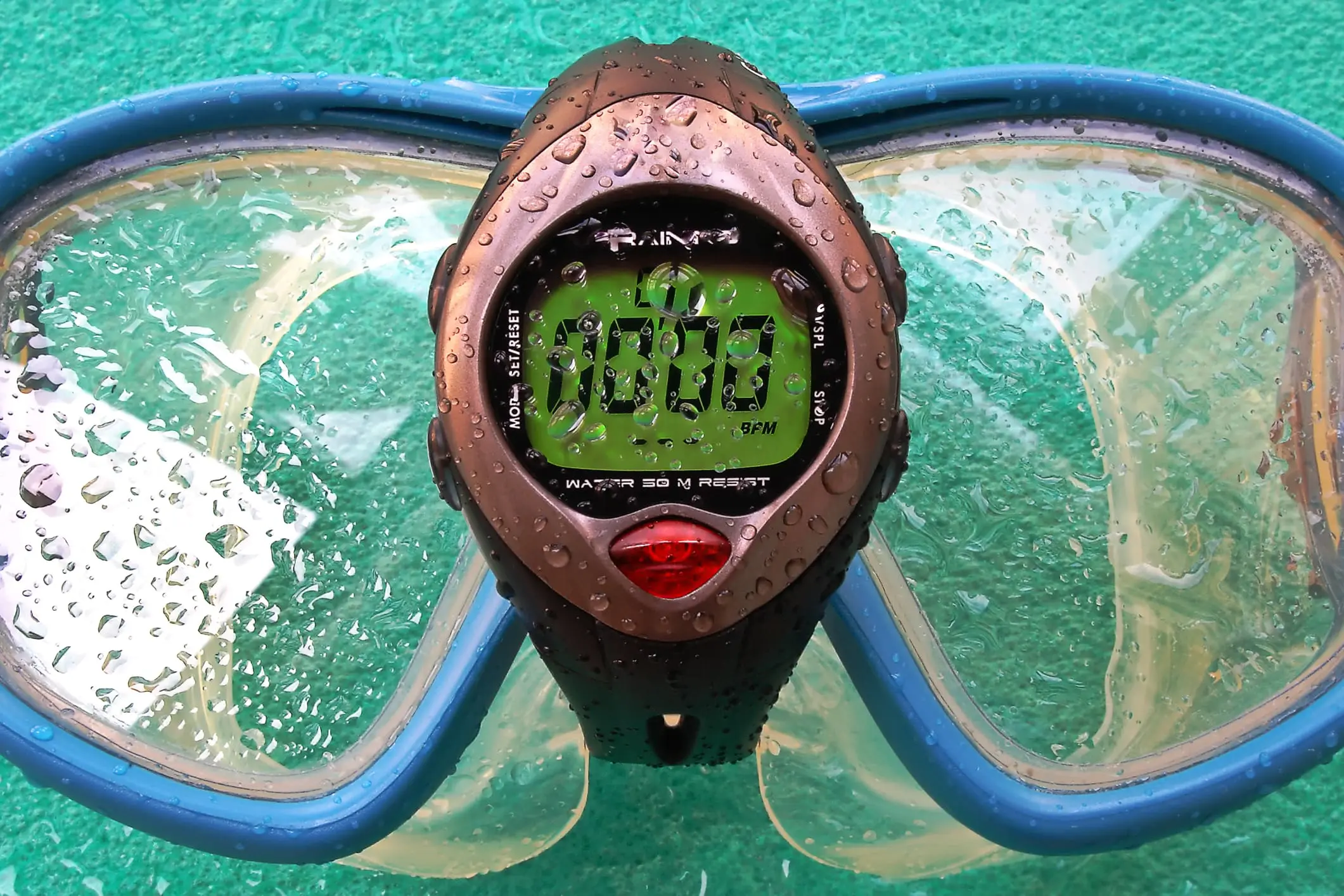
Visible surface-signaling device (SMB)
The most widely used is the surface marker buoy (SMB). These are normally bright red or orange but essentially the colour is not important, it just needs to be bright and visible. Other signaling devices can be used like a flare or a signal mirror.
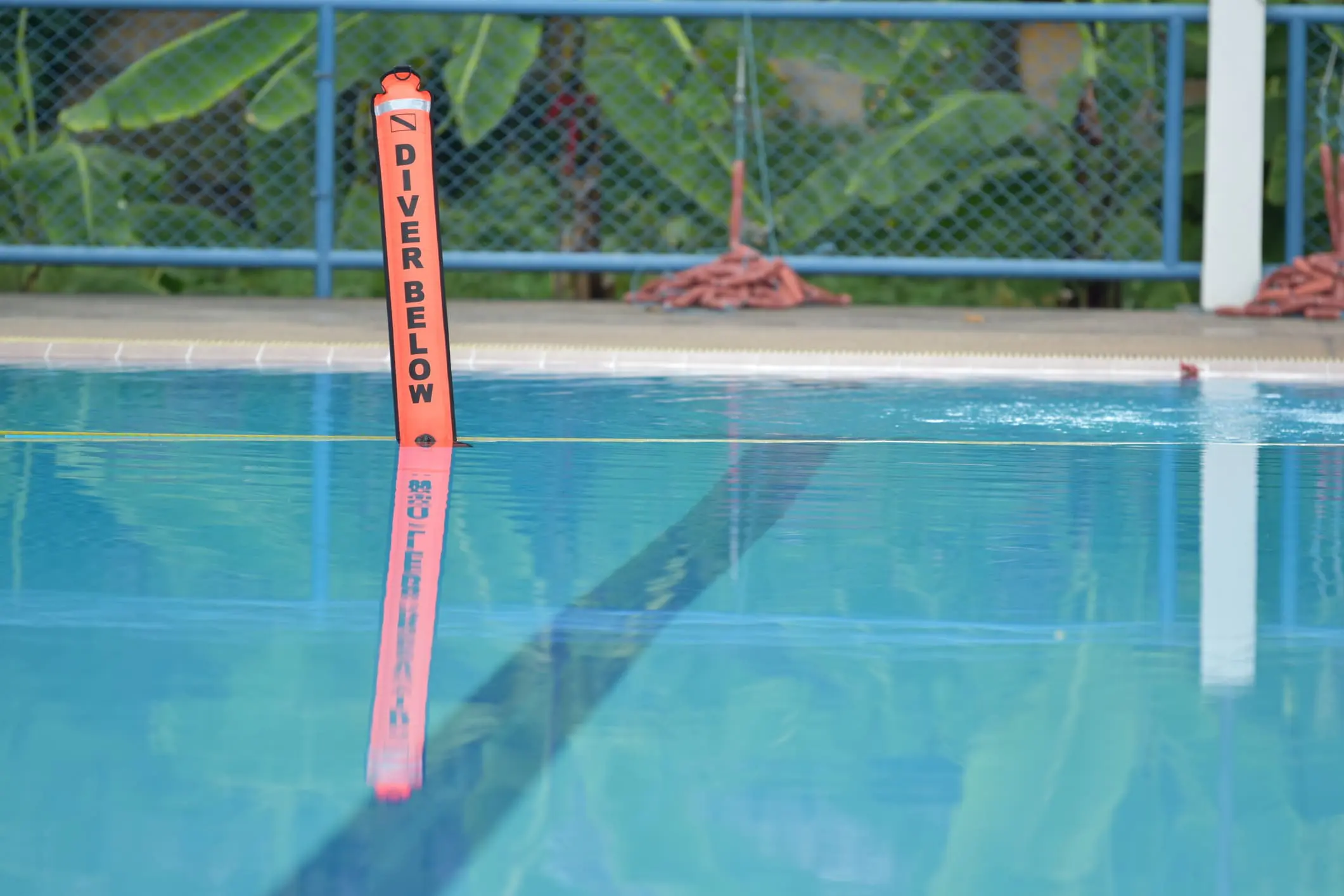
Diver’s Knife/ tool
An important safety device for all dive professionals. Having this on hand will free you from any unfortunate or unforeseen entanglements in the water like fishing lines or nets. Shears or smaller dive knives are more handy for traveling.
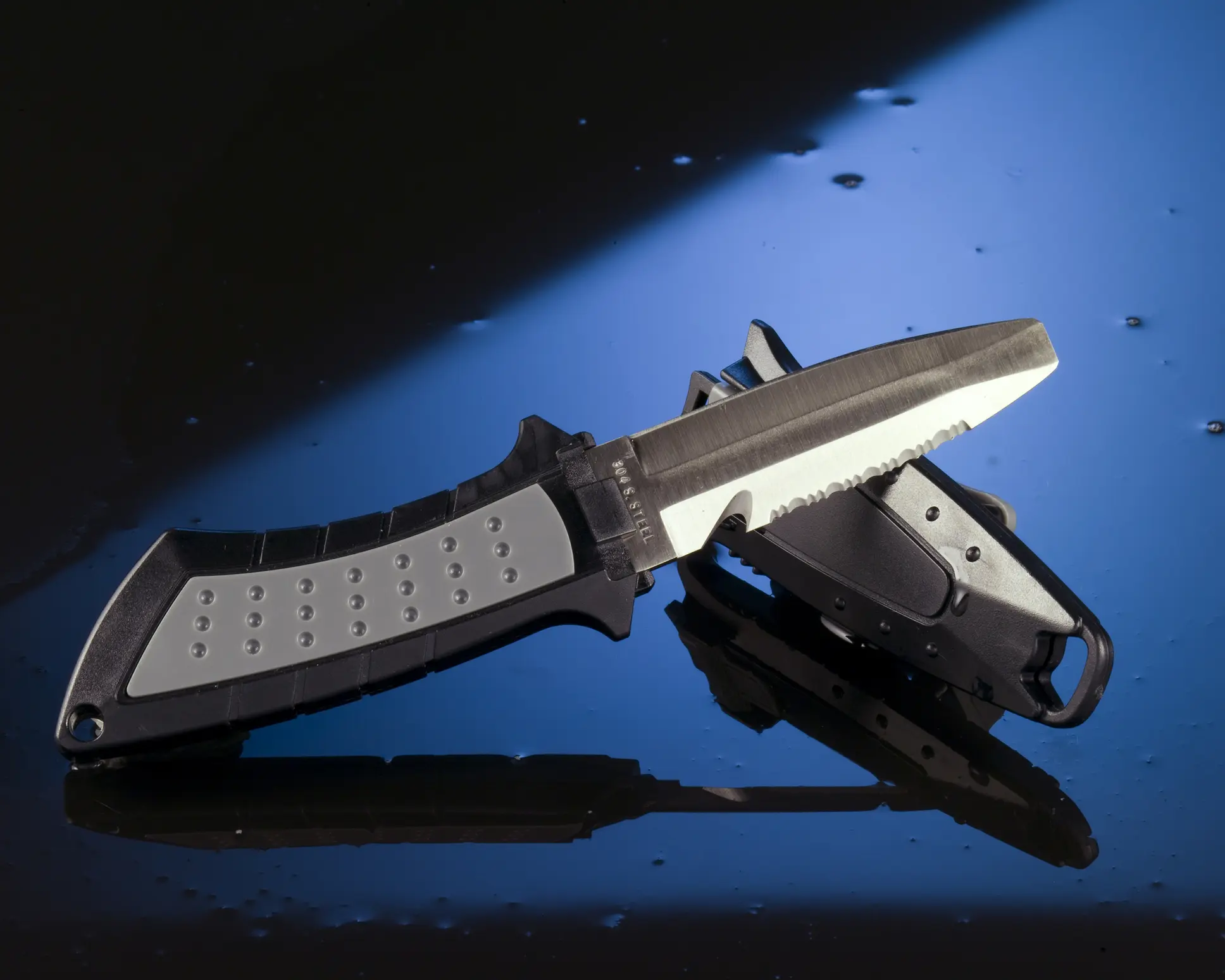
So whilst going through this, you might be thinking what are the benefits of owning your own equipment over renting? Especially when some Divemaster courses/internships provide equipment within their cost. It is recommended to have your own equipment at divemaster level by all dive shops and here’s why.
Benefits of having your own equipment as a Divemaster
In the long run it will be more cost effective for the amount of dives you’ll be required to do, to meet the prerequisites to become a Divemaster (60 dives) and master your skills. Also it is required to have your own gear to work after your Divemaster course and to go pro as a dive instructor. Having your own set that you are comfortable with will prepare you well for progressing to your IDC (Instructor Development Course). You’ll gain knowledge on how best to look after your diving equipment, what diving equipment is best for your preferences and essentially, diving will feel easier and more enjoyable as you’ll be able to concentrate more on developing and mastering your skills with less equipment niggles and problems. Also lastly but most importantly, you’ll be able to show off your unique style with your chosen colours, patterns, certain brands etc.
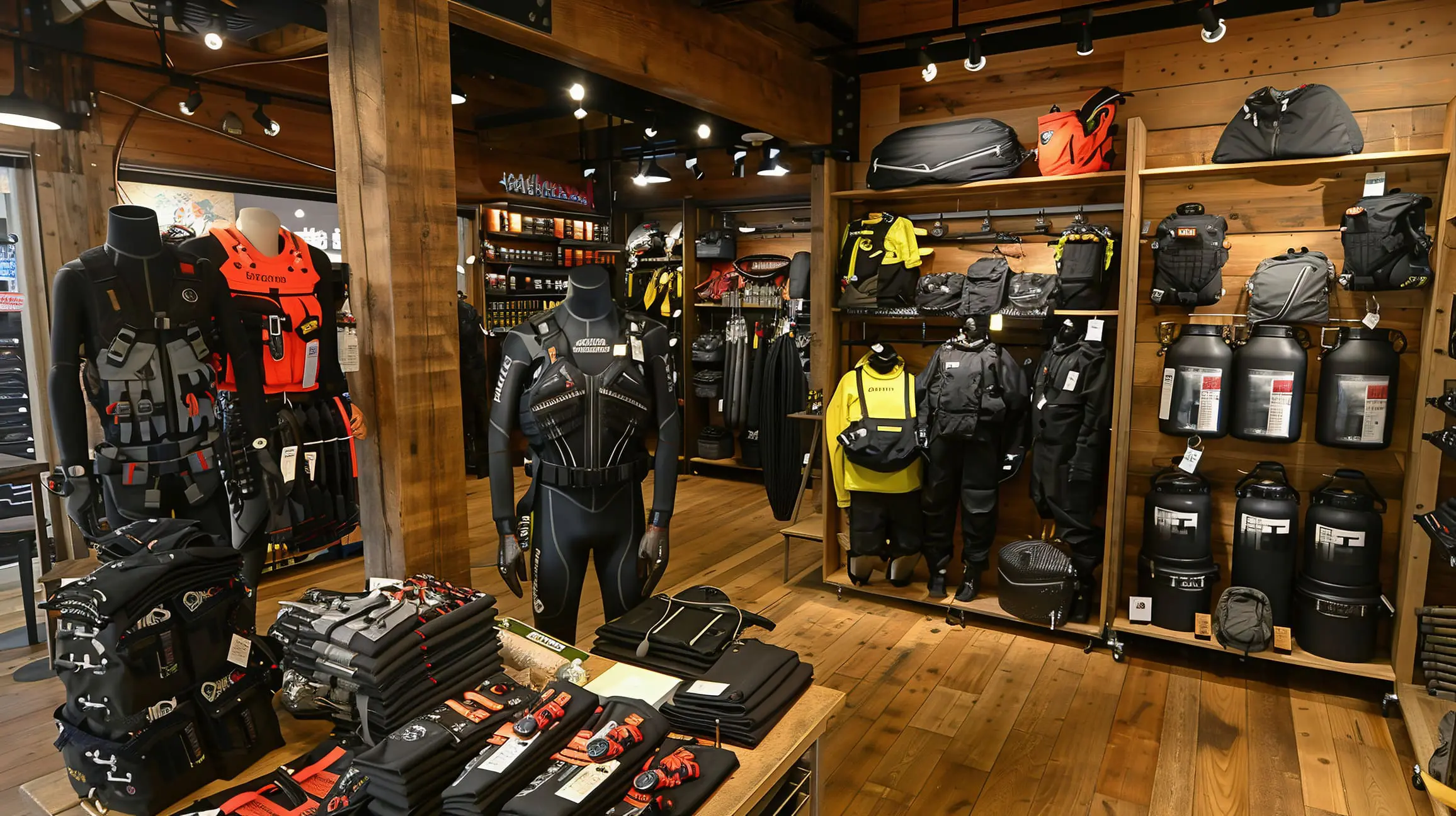
Servicing your Divemaster equipment
Two pieces of dive equipment that need to be serviced on a regular basis are the BCD (inspect it every 2 years*) and the regulator (every 12 months or every 100 dives*). This is to ensure that they are in good working order for your safety. As well as this, all equipment listed above needs to be checked for any signs of faults or major wear and tear and it is best to consider preparing yourself with spares just in case there is a need to repair/replace an item. Make sure to shop around in your local dive area to find your best service providers at a reasonable cost.
*These are subject to different brands.
